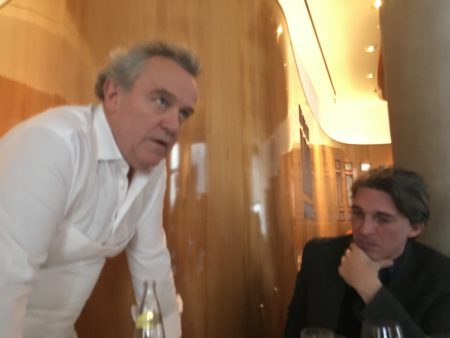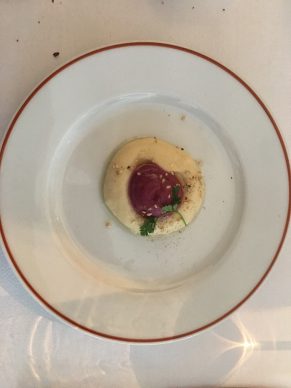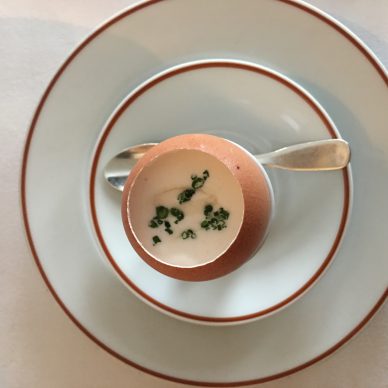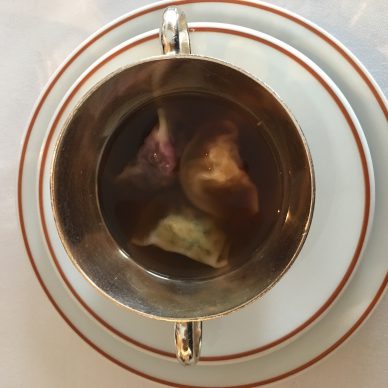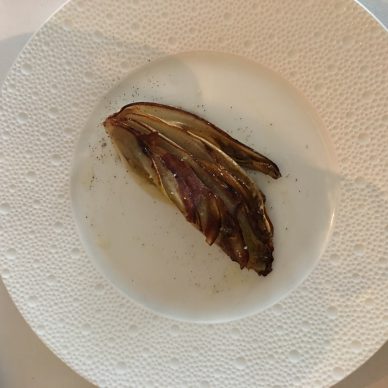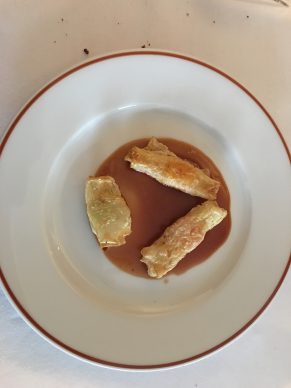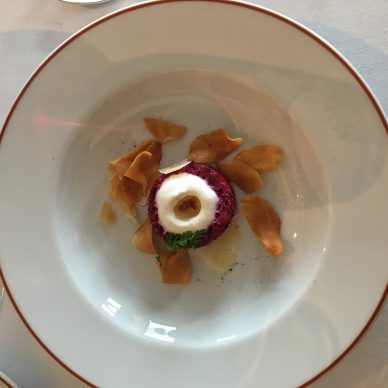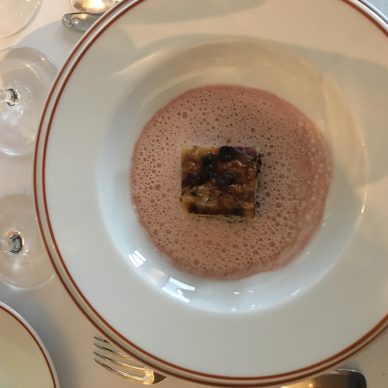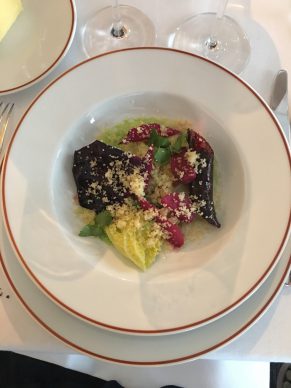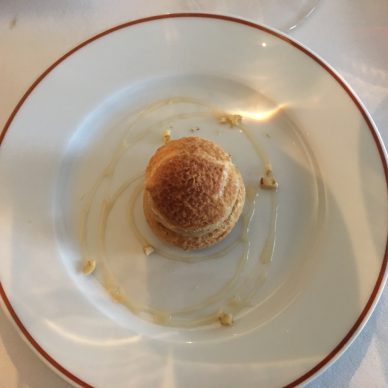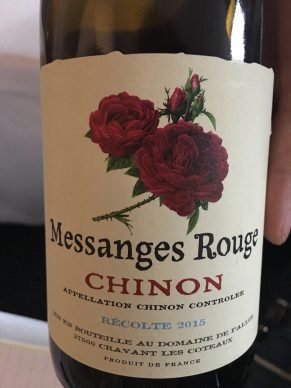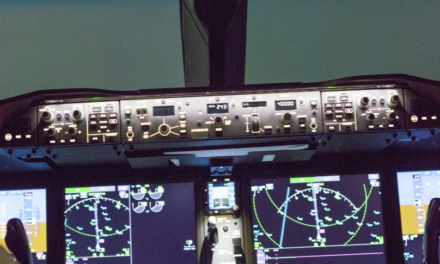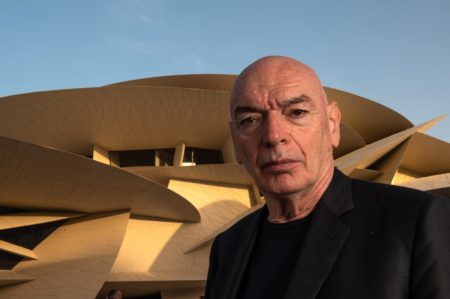Have you ever noticed how all the creative activities are these days described as artistic? Can hairdressers be artists? Are fashion designers artists?
The question becomes even more pressing, and omnipresent, when it comes to cooking.
To answer the question of cooking as an art, I have a rendezvous at one of the best restaurants in the world, L’Arpège in Paris, run by the three Michelin star chef Alain Passard.
I am meeting an art critic who is noted for his telescopic thinking as well as his interest in the good things in life, such as cooking.
Nicolas Bourriaud, born in 1965, co-founder of the Palais de Tokyo in Paris, curator of the Taipei Biennale in 2014 and the Kaunas Biennale in Lithuania in 2015, director of the École des Beaux Arts in Paris from 2011 to 2015, curator of an exhibition currently in Mexico at the Museo Espacio de Aguas Calientes and soon to inaugurate an ambitious art centre in Montpellier in the south of France, in two steps at the end of January and in 2018, initially forged his reputation with a treatise in the ’90s translated into 16 languages which addressed relational aesthetics or Relational Art and which brought together many artists that have gone on to become stars, such as Pierre Huyghe, Rikrit Tiravanidja, Felix Gonzalez-Torres or Liam Gillick.
‘The success of these artists has been phenomenal and this theory is like a garden that I planted at the time and which has continued to grow by itself.’ He explains:
Gardens also happens to be the speciality of chef Alain Passard, who several years ago decided to create the core of his menu from vegetables grown in his garden.
He is lyrical on the subject and with good reason, transforming winter vegetables with a reputation for being poor and unsexy with lots of roots, into beguilingly sophisticated dishes.
Nicolas Bourriaud provides a running commentary of the dozen dishes that arrive at our table, one after the other. He knows how the beetroots were prepared. He is also able to expatiate on the aesthetics of emulsion.
‘Cooking is a system of signs that allows you to transmit an emotion.
From this point of view, it’s an art, a cognitive process.
There are two schools of good cooking.
There is the school that replicates recipes from yesteryear – think veal ragout. It’s a practice that is akin to visiting the Louvre.
And then there is the school of cooking that translates its own era, which uses the techniques and the sensibility of the times. You can find clear parallels, for example, between minimal art and what’s known as nouvelle cuisine.’
And he goes on:
Neither the red Chinon nor the Côte du Rhône appear to dampen the art critic’s lucidity.
We can therefore risk asking him for his personal reading of contemporary output and how one might go about producing relevant shows today, in spaces such as his new art centre for instance.
‘We find ourselves in a situation never seen before in the past where there’s a profusion of contemporary artists. As a result, you have to construct an offering that includes current artists you believe to be important and, at the same time, to advance a rereading of recent history of art. There is no longer just one single subject to champion. There’s a multitude of them. You simply have to order them hierarchically .’
Our meeting came to an end with the obligatory round of desserts.
www.alain-passard.com
From 28 January. Montpellier La panacée. http://lapanacee.org/fr
Until 30 April at Aguas Calientes. http://www.fundacionnmac.org
Support independent news on art.
Your contribution : Make a monthly commitment to support JB Reports or a one off contribution as and when you feel like it. Choose the option that suits you best.
Need to cancel a recurring donation? Please go here.
The donation is considered to be a subscription for a fee set by the donor and for a duration also set by the donor.


